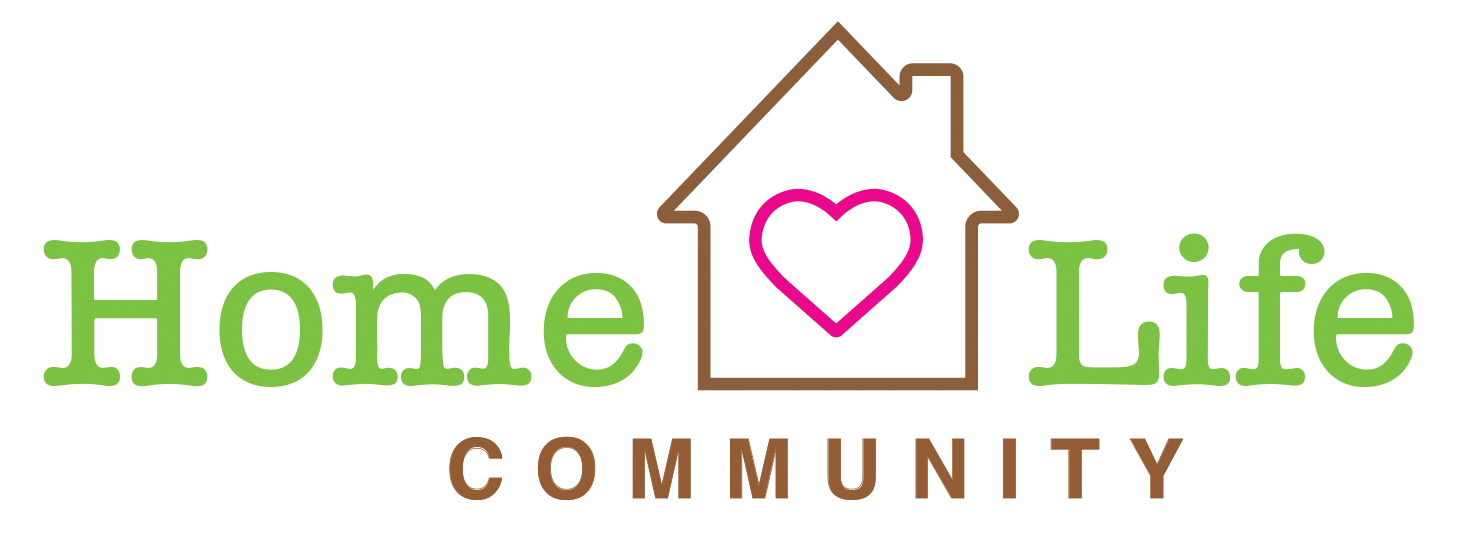Autism is a lifelong condition and many adults with autism need ongoing services and support. An estimated 5,437,988 people in the United States have autism. Autism is also known by other names, including Autism Spectrum Disorder (ASD), Autistic Spectrum Condition (ASC), Asperger’s Syndrome, and Pervasive Developmental Disorder. Many people are unaware that they are autistic, this is especially true for adults. 40% of people with autism are nonverbal. 87% of people with autism have mental illness. About 60% of autistic adults are under or unemployed. Only 7% have access to support to live outside of their family home. Autistic people are 9 times more likely than the general population to die by suicide.
The world is a better place if the qualities of people who are neurodiverse are accepted, valued, and supported by the right community system.
What is autism?
People with autism spectrum disorder generally experience differences in areas like:
-
People with autism experience social communication differences. The way this affects a person can vary and can include differences in the use and understanding of language, speech, gestures, eye contact and tone of voice.
-
People with autism experience social imagination differences. The way it affects the person can vary and can include differences in the use and understanding of predicting reactions and events, relating to others, problem-solving, coping with changes, and planning.
-
Many people with autism can experience sensory issues. The individual’s perception of the senses can be heightened or decreased. All the senses can be affected.
-
People on the spectrum may engage in stereotyped and repetitive motor movements or speech.
-
Such behaviors might include repetitively lining up toys, spinning objects or opening and closing drawers or doors. Repetitive behaviors can also involve talking or asking about the same thing over and over again.
